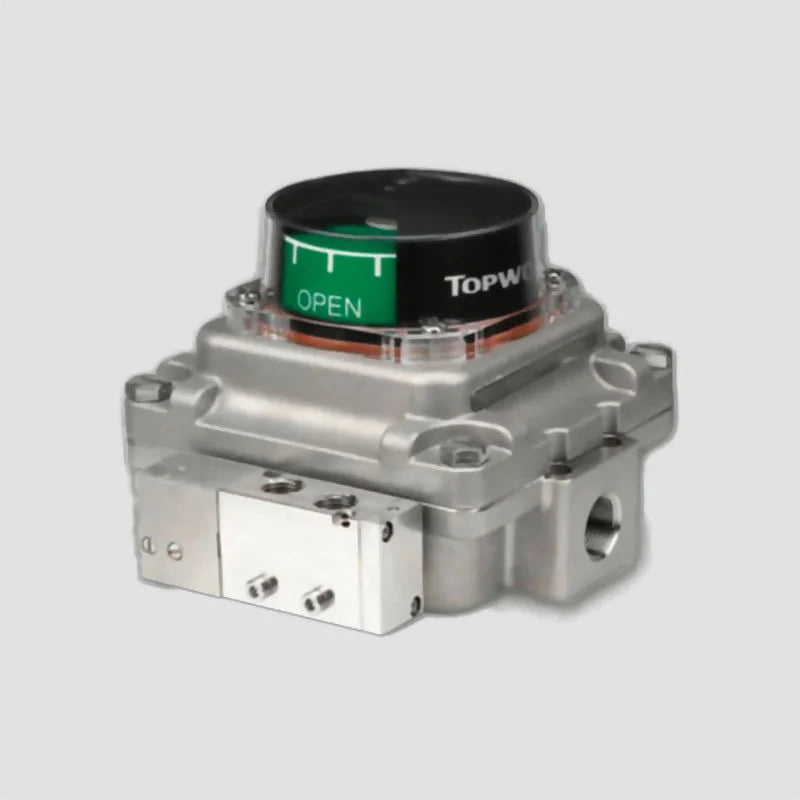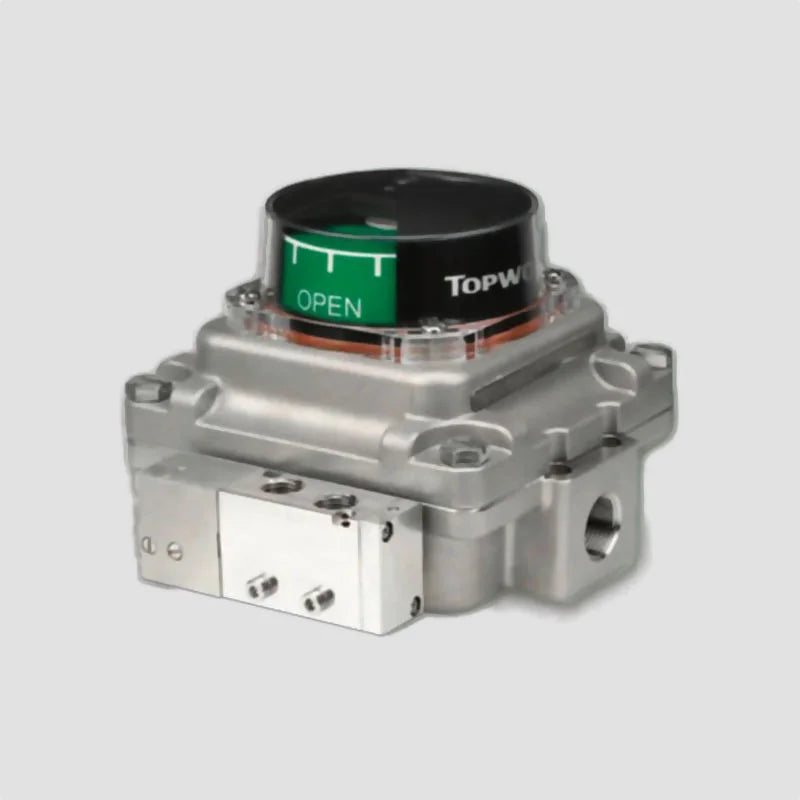Topworx Switchboxes
TopWorx Limit Switch Box TXS-T21GLPM0000P Valve Monitor
TopWorx Limit Switch Box TXS-T21GLPM0000P Valve Monitor
Couldn't load pickup availability
The TopWorx TXS-T21GLPM0000P Valve Monitor is a high-performance device engineered for precise valve position monitoring in demanding industrial environments. Encased in a robust 316L stainless steel enclosure, it offers exceptional resistance to corrosion, making it ideal for applications exposed to saltwater sprays and offshore conditions. This model features a direct-mount design compatible with NAMUR standard valve actuators, ensuring seamless integration and accurate feedback on valve status.
Key Features:
-
316L Stainless Steel Enclosure: Ensures superior durability and corrosion resistance, making it suitable for harsh environments, including offshore applications.
-
Direct-Mount Design: Allows for easy installation on NAMUR standard valve actuators, streamlining setup and maintenance processes.
-
Global Certifications: Approved for flameproof, non-incendive, and general-purpose applications, adhering to international safety and performance standards.
-
Low-Profile Position Indicator: Provides clear visual indication of valve positions, enabling quick and accurate assessments.
-
Versatile Communication Options: Supports multiple bus networks and sensor configurations, ensuring compatibility with diverse control systems.
The TopWorx TXS-T21GLPM0000P Valve Monitor combines rugged construction with advanced features to deliver reliable and efficient valve monitoring solutions across a range of industrial sectors.
Share

FAQ's
What is the difference between a valve and an actuator?
What types of actuators are available?
The main types of actuators are:
Pneumatic actuators – use compressed air for fast, reliable operation.
Electric actuators – use electrical power for precise control.
Hydraulic actuators – use fluid pressure for high-torque applications.
Each type offers unique advantages depending on the environment, media, and system control needs.
How do I choose the right actuator for my valve?
To select the correct actuator, consider:
Valve type and torque requirement
Power source available (air, electric, or hydraulic)
Operating environment (temperature, humidity, hazardous area)
Control signal type (on/off or modulating)
Matching actuator torque and compatibility with the valve’s ISO mounting ensures reliable performance.
What are the main types of valves used in automation?
The most common valves in automated systems include:
Ball valves – for tight shutoff and quick operation.
Butterfly valves – for larger flow control with compact design.
Globe valves – for precise throttling and flow regulation.
Check valves – to prevent backflow.
Gate valves – for full bore flow isolation.
What’s the difference between a double-acting and spring-return actuator?
Double-acting actuators use air (or power) to both open and close the valve.
Spring-return actuators use air to open (or close) the valve, and a built-in spring to automatically return it to a safe position when power or air is lost — ideal for fail-safe operation.
How often should valves and actuators be serviced?
Regular maintenance intervals depend on operating conditions, but a good rule of thumb is to inspect every 6–12 months.
This includes checking for leaks, lubrication, seal wear, and actuator responsiveness to prevent unexpected downtime.

